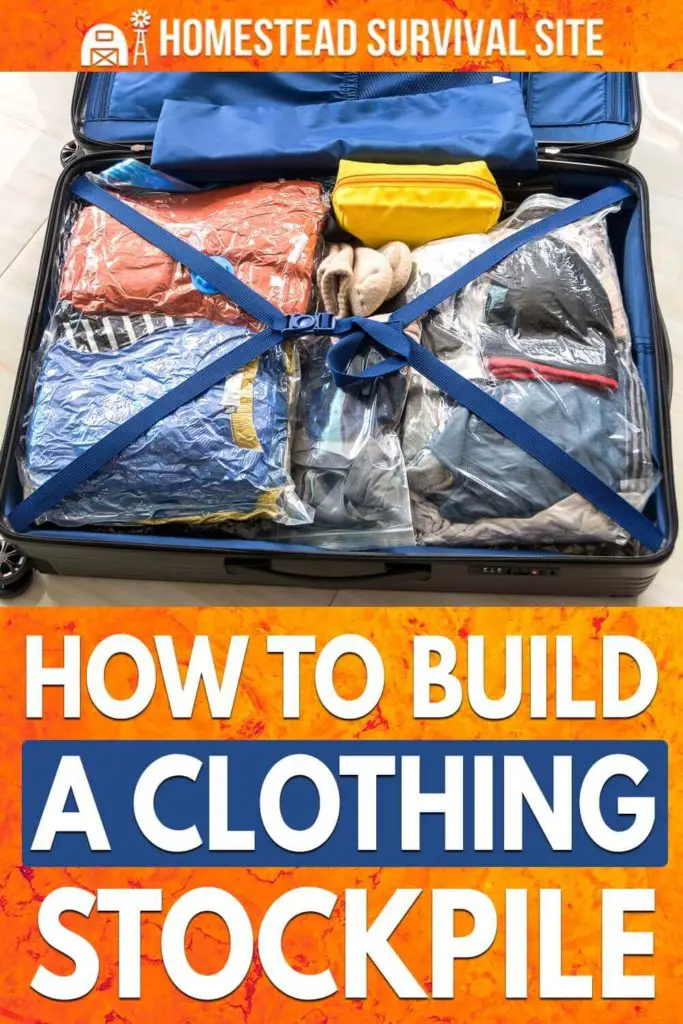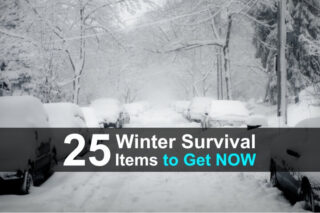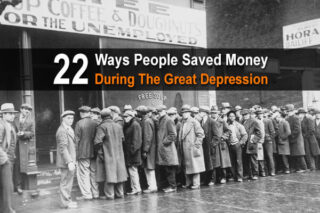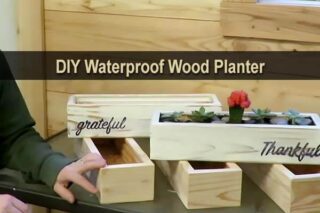Estimated reading time: 6 minutes
Many of us homesteaders know a thing or two about stockpiling food. Especially after this last year, we all probably have a few extra rolls of toilet paper and some canned goods that we didn't have before the pandemic. However, clothing is also a necessity that we should stockpile.
Clothing is one of those things that you kind of forget about until you really need it. Comfort and protection are essential parts of how clothing helps us survive. Part of preparing as a homesteader should include stockpiles of clothing for your family. This may be part of your SHTF bag or go-bag, but it could also be clothing strategically placed in areas of the home.
Want to save this post for later? Click Here to Pin It On Pinterest!
Why You Should Have a Clothing Stockpile
In an emergency, clothing will be one of those vital things that you and your family will need. Clothes provide comfort, warmth, and protection from the elements. If stores close down and deliveries stop coming to your door, you'll have a hard time sourcing fabric for clothes.
It is also very important to have a clothing stockpile if you have children. Kids often grow out of their clothes quickly and may even jump a few sizes in just a few months. Having sets of clothing for each family member is a great way to prepare for the future.
How to Build a Clothing Stockpile
There are a few things to consider when starting to create a clothing stockpile.
Create Sets for Each Person
Everyone should have a few sets of clothes in the clothing stockpile. A set of clothes should include a short-sleeved top, long-sleeved top, pants or shorts, pair of underwear, socks, and a pair of shoes. You may also want to have bras or camisoles as well as undershirts that are good for layering.
You could get away with packing just a few extra pairs of shoes for each person instead of needing one for each day. Shoes could include something as heavy-duty as hiking boots but also something as simple as flip-flops. Really anything that protects the foot is helpful in an emergency.
Consider the Season
Depending on where you live, you may be able to get away with just the above set of clothing if the weather is temperate and usually mild. However, those homesteaders in a cold climate should also plan on stockpiling winter gear. This should include heavy sweaters, parkas, gloves, hats, wool socks, snow pants, and snow boots.
Plan Ahead for Children
If there are children in your home, it is essential to plan extra sets of clothes that will fit them in the next size up. This would require that you may have two different sizes of clothes for kids. Remember to include bigger sizes for all seasons as well. As time moves along, you'll need to check on the kids' clothing in the stockpile to make sure that you have the correct clothes for them.
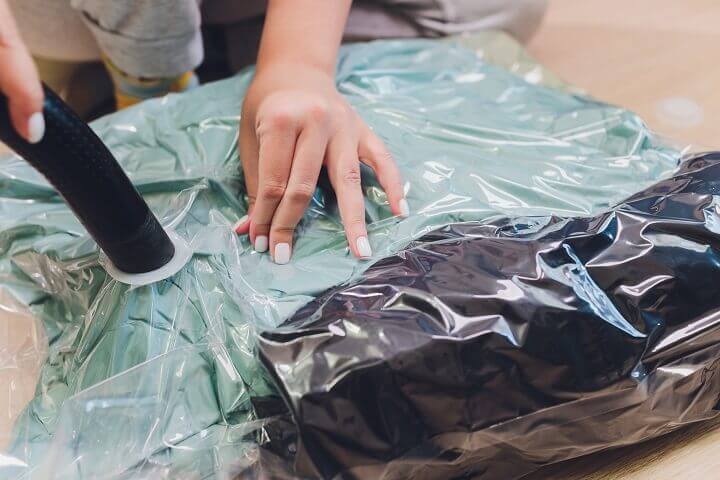
Shop Second Hand
There is no reason to go out and buy brand new clothes for your clothing stockpile. Remember, these should be clothes that your family isn't going to miss in everyday life. Consider picking up used clothing at garage sales or shopping at second-hand stores that should have a lot to choose from in each size. You could shop discount stores as well. As long as the pieces are sturdy and comfortable, they should work well for the stockpile.
How to Store Your Stockpile Clothing
The main goal of a clothing stockpile is to have extra clothes that are accessible. Create a tote or box for every person that makes it easy to identify. The tote should be big enough to hold multiple sets of clothing as well as a few pairs of shoes. Break up outfits into gallon-sized Ziploc bags and label them with the person's name and size of the clothing.
For those pieces of clothing that include animal fiber, like wool or mohair, you'll want to protect them from being eaten by moths. Consider vacuum sealing these items in vacuum bags and then placing them within the tote for extra protection.
As with anything in your stockpile, keeping the clothes cool and dry is vital to prevent mold and mildew. Add desiccants to them will help with that. Be sure to store them off the floor and out of direct sunlight as well. If a clothing tote is located in a basement area, you also want to make sure to check it often for rodent damage.
Extra Clothing Items to Stockpile
It is also important to include a good sewing kit in your clothing stockpile. Clothes often tear, and having access to a needle, thread, and buttons can mean the world of difference in an emergency situation. Your sewing kit should include fabric scissors, thread, buttons, and plenty of different-sized needles. Adding a thread for different fabrics, like nylon or elastic, can also be a good idea.
While you may want to add pajamas to your clothing stockpile, it isn't really necessary. However, footed and warm pajamas could be extra helpful when it comes to kids. Adults will most likely sleep in the same clothes they wear during the day, but pajamas could add comfort for kids. Another good point to consider is that kids get dirty rather quickly, so they may need clothes that are not dirty or wet for sleeping.
Creating a clothing stockpile is an integral part of prepping for the future. While setting up and storing a clothing stockpile can take some time, it can be a lifesaver in an emergency. Start looking for extra clothes, as well as larger clothes for kids, in order to begin your clothing stockpile. You'll never regret setting up a stockpile of clothing if the time comes when you need it.
Like this post? Don't Forget to Pin It On Pinterest!



